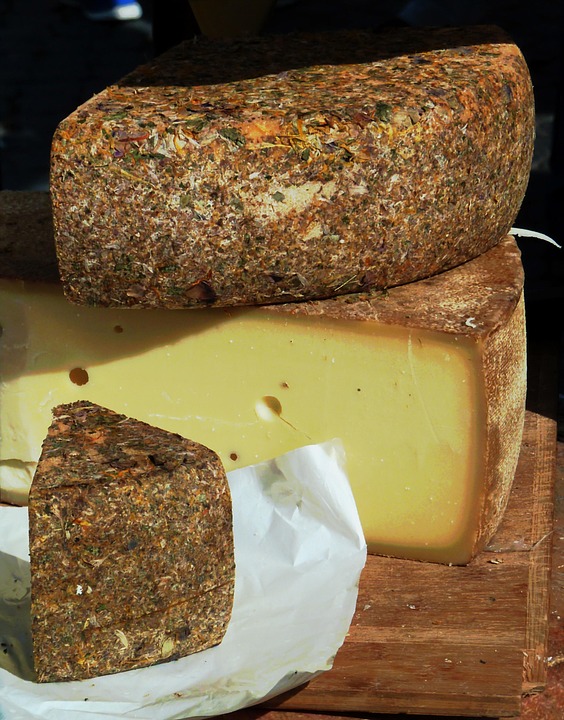Differences Between Young and Aged Gouda Explained
Gouda cheese is a popular type of cheese that originated in the Netherlands. It is known for its rich, creamy texture and slightly sweet flavor. One of the key distinctions within the Gouda cheese category is the difference between young and aged Gouda. In this report, we will explore the differences between these two varieties of Gouda cheese, including their taste, texture, aging process, and market demand.
Taste and Texture
Youthful Flavor of Young Gouda
Young Gouda cheese, also known as “jong,” is typically aged for a short period, usually around 1-6 months. As a result, young Gouda has a mild and creamy flavor with a slightly elastic texture. It is often described as buttery, nutty, and slightly sweet. The young Gouda is a popular choice for those who prefer a milder taste and smoother texture in their cheese.
Rich Complexity of Aged Gouda
On the other hand, aged Gouda, also known as “oud,” is aged for a longer period, ranging from 1 year to several years. The aging process allows the flavors of aged Gouda to develop and intensify, resulting in a more complex and robust taste. Aged Gouda has a crumbly texture with crunchy protein crystals, giving it a unique mouthfeel. The flavor profile of aged Gouda is often described as caramel-like, nutty, and savory, with hints of butterscotch and whiskey.
Aging Process
Youthful Maturation of Young Gouda
The aging process plays a crucial role in determining the characteristics of Gouda cheese. Young Gouda is aged in a controlled environment with specific temperature and humidity levels to ensure proper maturation. During the aging process, the cheese develops its flavor and texture, but it is not aged for as long as aged Gouda.
Prolonged Aging of Aged Gouda
In contrast, aged Gouda undergoes a much longer aging process, sometimes up to several years. This extended aging period allows the cheese to develop its complex flavors and textures, resulting in a more intense and flavorful product. Aged Gouda is carefully monitored and turned regularly to ensure even aging and the formation of protein crystals that give the cheese its signature crunch.
Market Demand and Trends
Growing Preference for Aged Gouda
In recent years, there has been a growing demand for aged Gouda cheese in the market. Consumers are increasingly interested in exploring unique and artisanal cheese varieties, including aged Gouda, for their complex flavors and textures. As a result, cheese producers have been expanding their offerings of aged Gouda to meet this demand.
Pricing and Profitability
Aged Gouda typically commands a higher price compared to young Gouda due to the longer aging process and the intensification of flavors. This has led to increased profitability for cheese producers who specialize in aged Gouda. However, the higher price point of aged Gouda may also limit its accessibility to some consumers, making it more of a premium product in the market.
In conclusion, young and aged Gouda cheese offer distinct flavors, textures, and characteristics that appeal to different preferences among consumers. While young Gouda is known for its mild and creamy taste, aged Gouda provides a rich and complex flavor profile that has captivated cheese enthusiasts worldwide. The differences between these two varieties of Gouda cheese highlight the diversity and versatility of this beloved cheese type, making it a staple in the culinary world.




